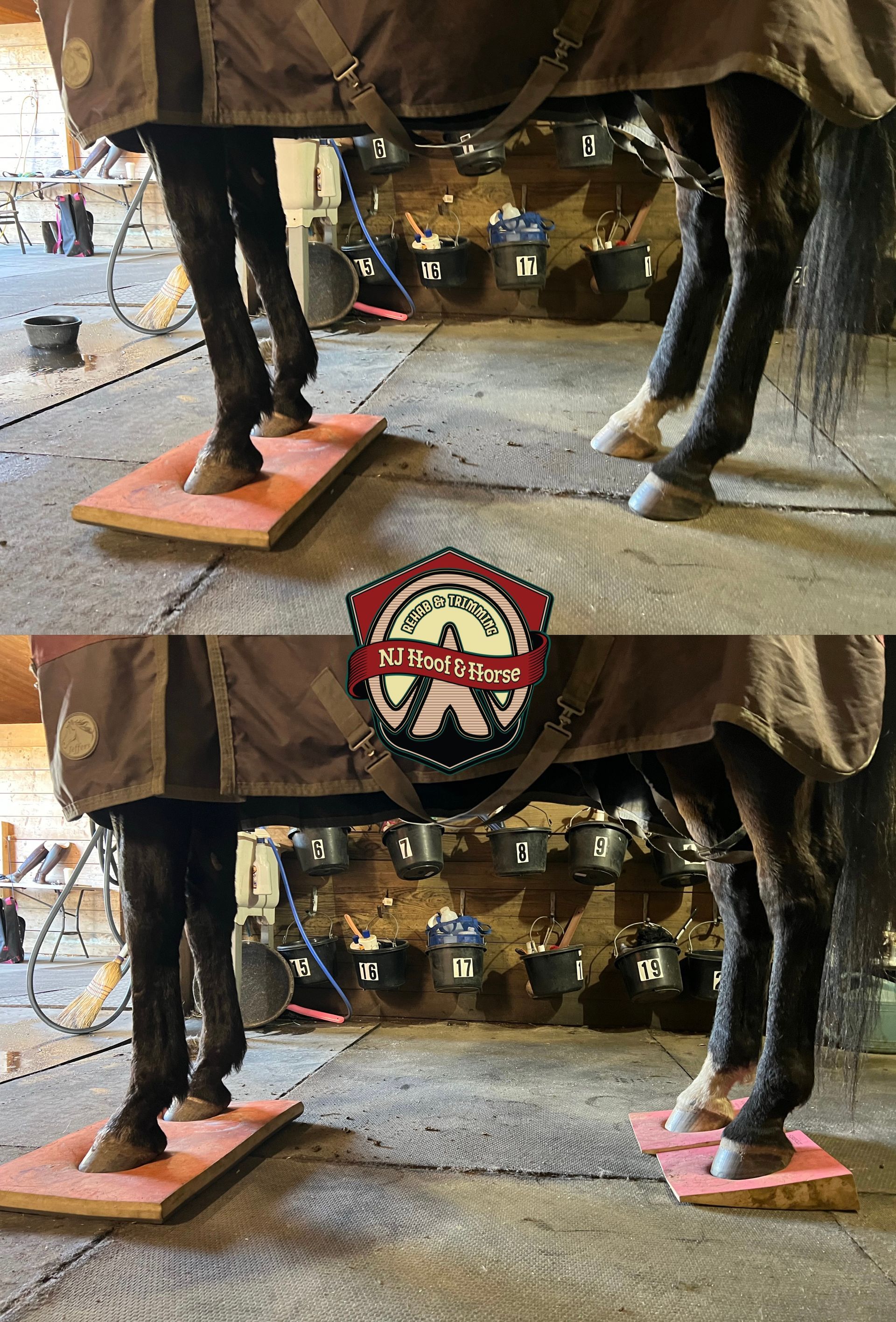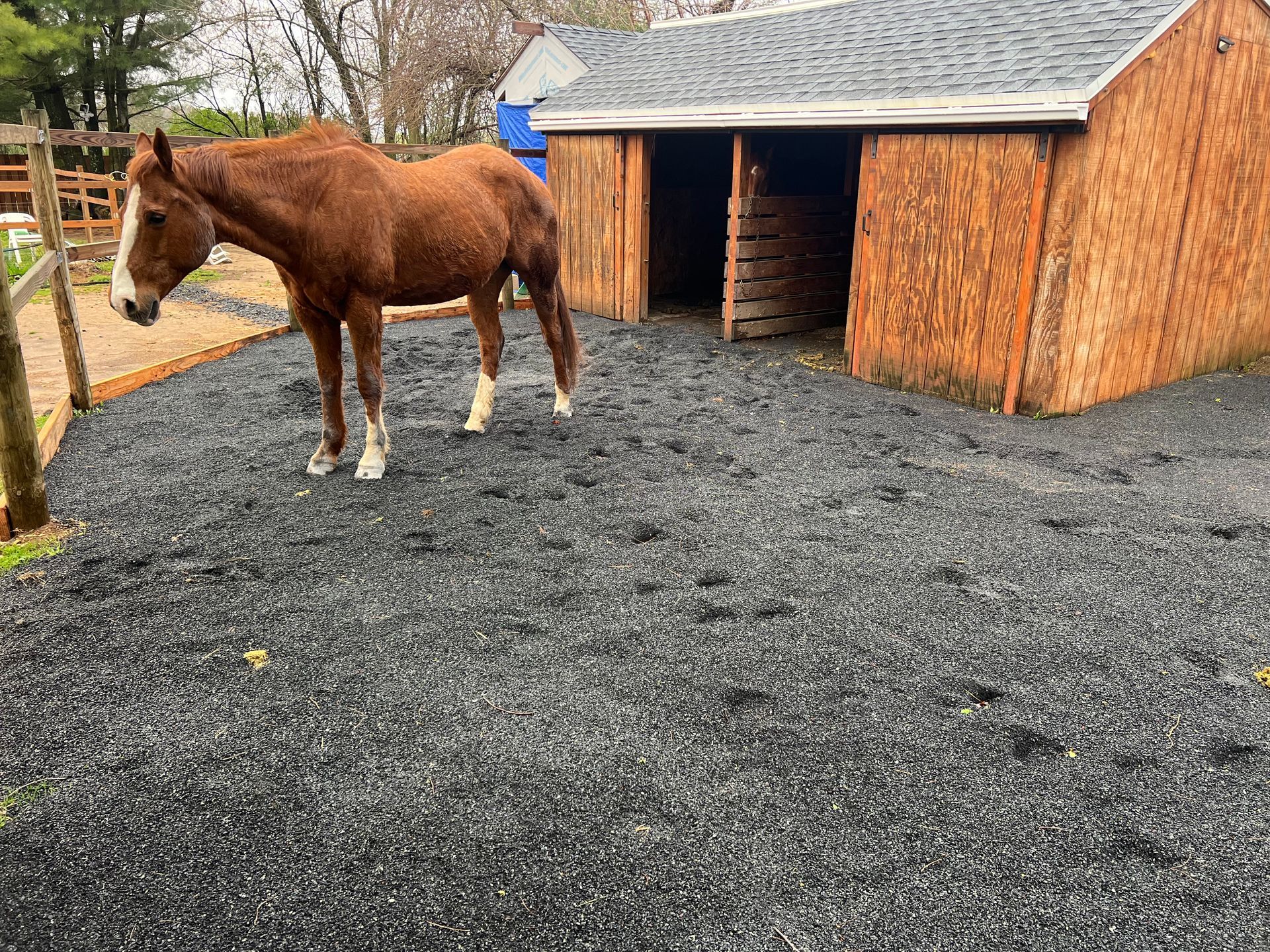You're here to just trim the hooves, right?
One Minute Discussions #61
Discussing Natural Hoof & Horse Care
YOU’RE HERE TO JUST TRIM THE HOOVES, RIGHT?
It’s true that I’m just a trimmer/farrier, but in my mind this word represents a person that doesn’t just trims and shoes horses, but the person who looks after the horses health and pinpoints anything that’s going wrong, or could go wrong in the horses life.
As an example, I stopped counting the amount of horses in my practice that had improvements due to the diet recommendations I give.
If I notice that the horse is bothered by something higher up the hoof, somewhere in the body, I mention it to the owner.
If I see how we can improve the horses lifestyle, paddock, mental health, etc, I speak up.
Of course we can’t and not trying to substitute a professional vet. On the contrary, we’re always trying to improve the way we work and communicate with them. Farriers and trimmers constantly educate themselves, and we see our clients’ horses on a regular basis, very often, and can mention what changes we see and whether they’re for the best or worst.
So being a farrier/trimmer, in my mind, is not just focusing on feet. It’s focusing on the whole horse.
Denys Antonenko

